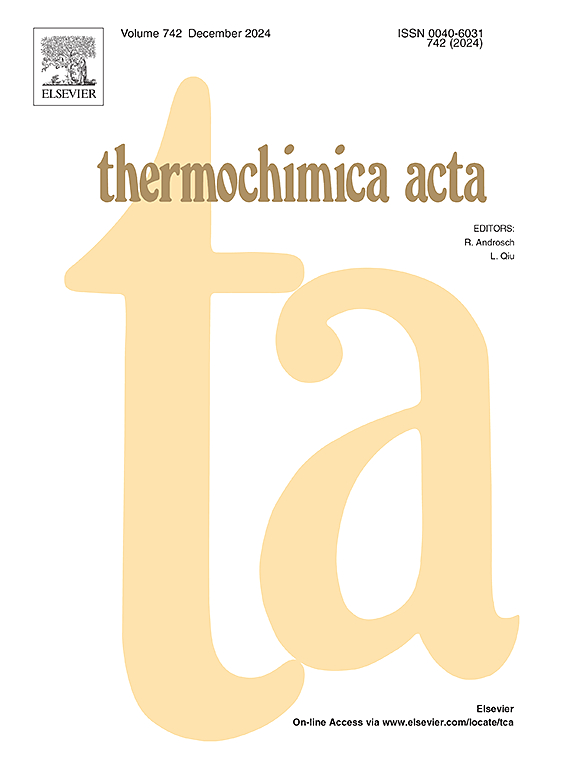用等温微量热法鉴别植物病原真菌的判别分析和神经网络
IF 3.1
2区 化学
Q2 CHEMISTRY, ANALYTICAL
引用次数: 0
摘要
本文介绍了一种创新的植物病原真菌鉴定方法,该方法基于等温微量热法获得的积分热流时间曲线的热动力学参数进行判别分析。通过将机器学习技术与多变量分析相结合,该研究开发了一种可靠的基于产热分析的真菌鉴定自动化工具。规范判别分析有效地区分了炭疽菌属、青霉菌属和Alternaria属,提供了判别规范变量,作为训练各种机器学习模型的基础。同样,神经网络模型对训练数据的拟合达到了令人印象深刻的95%,错误分类率在10%左右。该研究还讨论了鉴别标准,并提出了一个微热量数据库,旨在增强未来用于鉴定植物病原真菌的机器学习系统。这种方法代表了一种开创性的方法,将微量热数据分析与先进的计算技术相结合,为植物病理学领域更复杂和自动化的诊断工具铺平了道路。本文章由计算机程序翻译,如有差异,请以英文原文为准。

Discriminant analysis and neural networks for the identification of phytopathogenic fungi by isothermal microcalorimetry
This study introduces an innovative method for identifying phytopathogenic fungi through the application of discriminant analysis based on thermokinetic parameters derived from integrated heat flow-time curves obtained via isothermal microcalorimetry. By merging machine learning techniques with multivariate analysis, the research develops a reliable automated tool for fungal identification based on thermogenic analysis. The canonical discriminant analysis effectively distinguishes among the genera Colletotrichum, Penicillium, and Alternaria, providing discriminant canonical variables that served as the foundation for training various machine learning models. Likewise, the neural network model achieved an impressive 95 % fit to the training data, with a low misclassification over around 10 %. The study also discusses the criteria for discrimination and proposes a microcalorimetric database aimed at enhancing future machine learning systems for the identification of phytopathogenic fungi. This methodology represents a pioneering approach that integrates microcalorimetric data analysis with advanced computational techniques, paving the way for more sophisticated and automated diagnostic tools in the field of plant pathology.
求助全文
通过发布文献求助,成功后即可免费获取论文全文。
去求助
来源期刊

Thermochimica Acta
化学-分析化学
CiteScore
6.50
自引率
8.60%
发文量
210
审稿时长
40 days
期刊介绍:
Thermochimica Acta publishes original research contributions covering all aspects of thermoanalytical and calorimetric methods and their application to experimental chemistry, physics, biology and engineering. The journal aims to span the whole range from fundamental research to practical application.
The journal focuses on the research that advances physical and analytical science of thermal phenomena. Therefore, the manuscripts are expected to provide important insights into the thermal phenomena studied or to propose significant improvements of analytical or computational techniques employed in thermal studies. Manuscripts that report the results of routine thermal measurements are not suitable for publication in Thermochimica Acta.
The journal particularly welcomes papers from newly emerging areas as well as from the traditional strength areas:
- New and improved instrumentation and methods
- Thermal properties and behavior of materials
- Kinetics of thermally stimulated processes
 求助内容:
求助内容: 应助结果提醒方式:
应助结果提醒方式:


